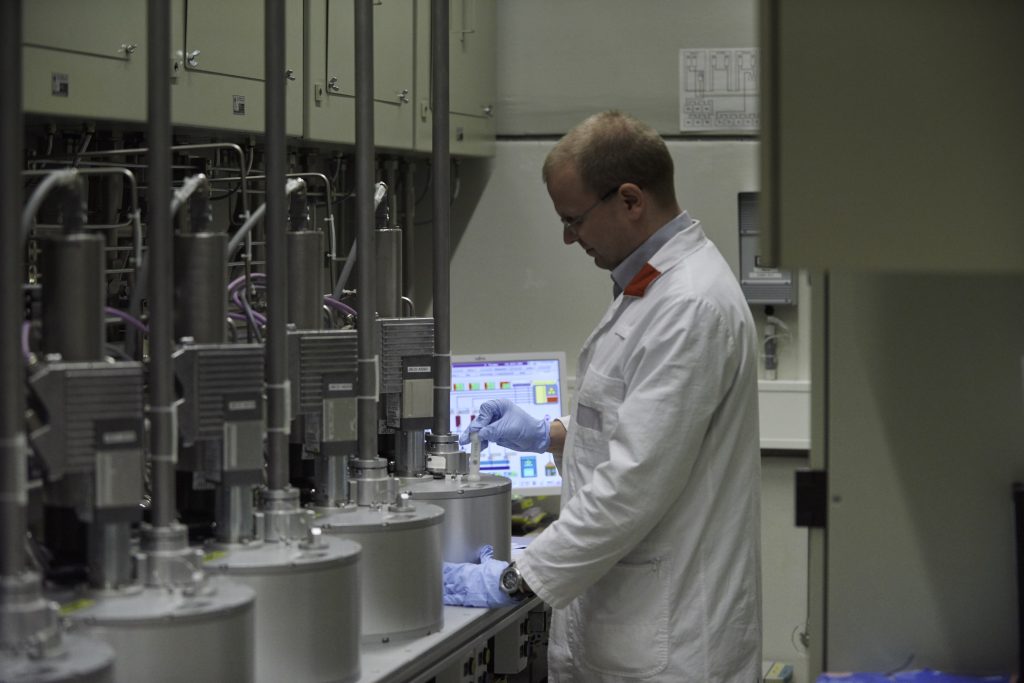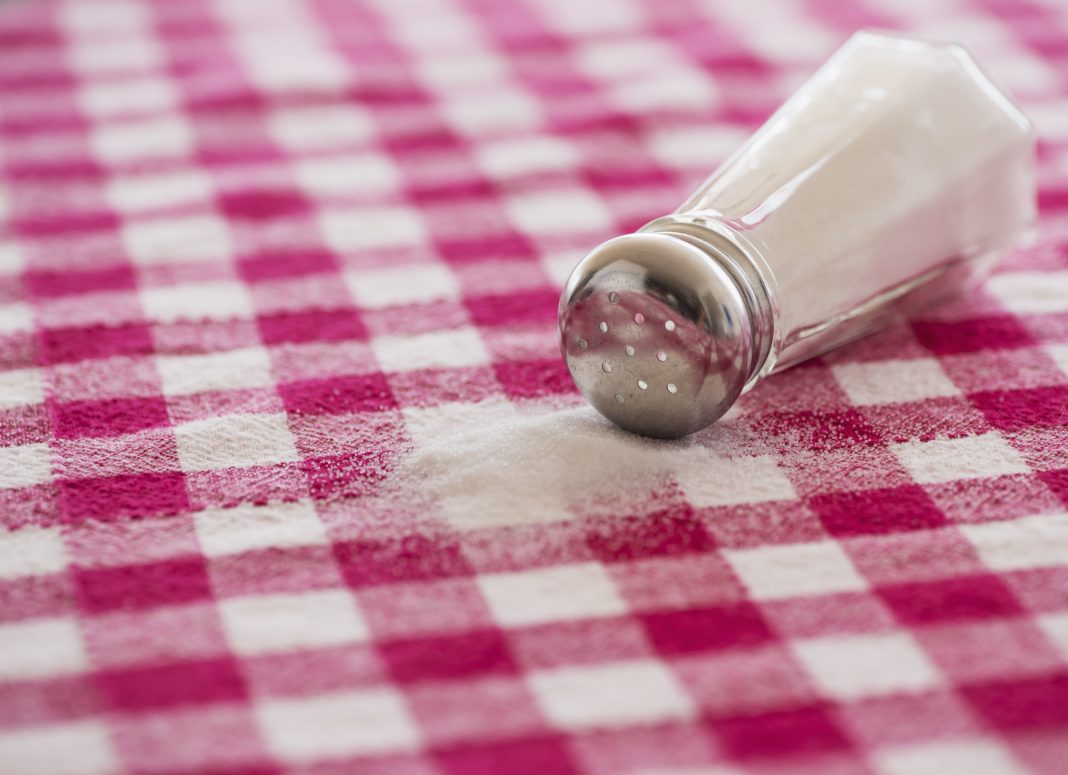
Researchers led by Christina Zielinski, MD, a professor at the Institute for Virology at the Technical University of Munich (TUM), say they have demonstrated in cell cultures that salt leads to the formation of Th2 cells, which are active in allergic conditions such as atopic dermatitis. The team also detected elevated salt concentrations in the skin of patients.
The scientists published their study (“Sodium chloride is an ionic checkpoint for human TH2 cells and shapes the atopic skin microenvironment“) in Science Translational Medicine.
“The incidence of allergic diseases has increased over the past 50 years, likely due to environmental factors. However, the nature of these factors and the mode of action by which they induce the type 2 immune deviation characteristic of atopic diseases remain unclear. It has previously been reported that dietary sodium chloride promotes the polarization of T helper 17 (Th17) cells with implications for autoimmune diseases such as multiple sclerosis,” wrote the investigators.
“Here, we demonstrate that sodium chloride also potently promotes Th2 cell responses on multiple regulatory levels. Sodium chloride enhanced interleukin-4 (IL-4) and IL-13 production while suppressing interferon-gamma (IFN-gamma) production in memory T cells. It diverted alternative T cell fates into the Th2 cell phenotype and also induced de novo Th2 cell polarization from naïve T cell precursors.
“Mechanistically, sodium chloride exerted its effects via the osmosensitive transcription factor NFAT5 and the kinase SGK-1, which regulated Th2 signature cytokines and master transcription factors in hyperosmolar salt conditions. The skin of patients suffering from atopic dermatitis contained elevated sodium compared to nonlesional atopic and healthy skin. These results suggest that sodium chloride represents a so far overlooked cutaneous microenvironmental checkpoint in atopic dermatitis that can induce Th2 cell responses, the orchestrators of atopic diseases.”
Types of T cells, which should not cause allergies, can, in the presence of salt, turn into Th2 cells. The changes are reversed when the T cell is again exposed to lower salt levels. “Consequently, ionic signals do play a role in the generation and control of Th2 cells,” said Zielinski, whose team investigated whether the affected skin regions of atopic dermatitis patients exhibit elevated sodium levels. “Measuring sodium concentrations in the tissue is complicated,” explained the first author of the study, Julia Matthias. “Dissolved salt in blood can be measured using standard clinical methods. But for the skin, we needed the help of colleagues in nuclear chemistry and physics.”

“The higher sodium levels in the affected skin neatly match another characteristic of atopic dermatitis,” said Zielinski. “It has been known for some time that patients with this condition have elevated levels of the bacterium Staphylococcus aureus on their skin. These are bacteria, which thrive under salty conditions in contrast to other commensal bacteria, which are in fact harmed by salt.”

“However, we have not yet been able to show how these large quantities of salt find their way to the skin,” she conceded. “For that reason, we are also unsure of how a low-salt or high-salt diet might be related to the appearance and progression of atopic dermatitis or other allergic conditions.”
Zielinski and colleagues plan to address these and other questions in future interdisciplinary studies.



